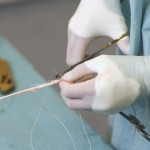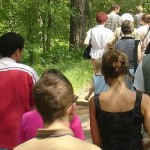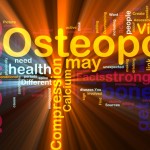
A friend of mine is currently training to be a Yoga instructor. This got me thinking about Yoga and musculoskeletal conditions. The different Yoga poses focus on increasing the flexibility of the joints and improving postural stability through improvements in muscle strength. Yoga also aims to release the tension on muscles with the aim of [read the full story…]








